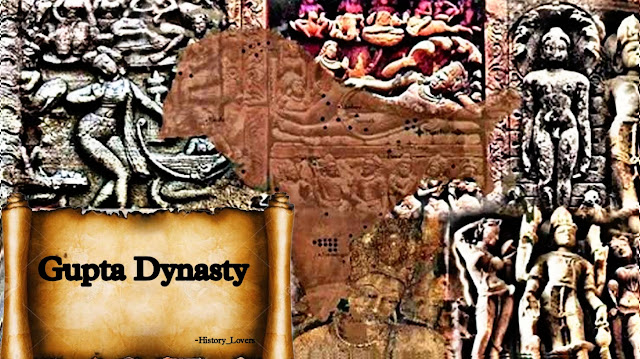Hiroshima & Nagasaki [ Bombing, Legacy ]
Two cities were collapsed by the usage of atomic bombs.
UNITED STATES used atomic bombs on japan to end the world war II.
Introduction:
Hiroshima and Nagasaki are the two cities that know throughout the world because of one event. No one can never forget that tragic event. It's a memorable event in world's history.
In this Article we'll explore the Topic about
Hiroshima and Nagasaki [ The bombing , Legacy ].
Hiroshima and Nagasaki: The Devastating Legacy of Atomic Bombs
The atomic bombings of Hiroshima and Nagasaki remain among the most controversial, consequential and tragic events of the 20th century. These bombings not only marked the end of World War II but also ushered in a new era of nuclear weapons and global tensions. This article provides an overview of the events leading up to the bombings, the immediate aftermath, and the long-term consequences that continue to impact these cities and the world till today.
Background
In the early 1940s, the United States and its allies were engaged in a brutal war against the Axis powers, which included Germany, Italy, and Japan. As the war dragged on, the U.S. became increasingly concerned about Japan's refusal to surrender, even after the capture of key strategic locations in the Pacific. In 1945, President Harry S. Truman authorized the use of atomic bombs to bring the war to a swift end.
 |
| The explosion of Hiroshima and Nagasaki |
On August 6, 1945, the U.S. dropped an atomic bomb on Hiroshima, a Japanese city of around 350,000 people. The bomb, named "Little Boy," was carried by the B-29 bomber Enola Gay. The explosion destroyed the city center and killed an estimated 70,000 people instantly, with tens of thousands more dying from radiation sickness in the months that followed.
Three days later, on August 9, the U.S. dropped a second bomb, named "Fat Man," on Nagasaki, a city of around 240,000 people. The bomb killed an estimated 40,000 people immediately and caused severe long-term damage to the city's infrastructure and environment.
The aftermath
The immediate aftermath of the bombings was catastrophic. In Hiroshima, the explosion created a massive firestorm that destroyed over 90% of the city's buildings. In Nagasaki, the hilly terrain and a nearby harbor helped to recover some of the damage, but the explosion still caused widespread destruction.
 |
| The great destruction was occurred |
The bombings also had severe health effects on the survivors, known as hibakusha. The initial blast killed or injured many people instantly, but the radiation released by the bombs also caused long-term health problems, including cancer, birth defects, and other illnesses. Many hibakusha suffered from physical and psychological trauma for the rest of their lives, and their descendants continue to experience the effects of radiation exposure.
The bombings also had political and social consequences. Japan surrendered on August 15, 1945, just days after the Nagasaki bombing, and the war officially ended on September 2. The bombings were widely seen as a turning point in the war and a necessary measure to bring an end to the conflict. However, they also sparked controversy and debate over the morality and ethics of using atomic weapons.
The legacy of Hiroshima and Nagasaki
 |
| Hiroshima now |
The legacy of the atomic bombings of Hiroshima and Nagasaki is complex and multifaceted. On one hand, the bombings helped to bring an end to World War II and prevented the need for a potentially costly invasion of the Japanese mainland. They also set a precedent for deterrence and nuclear warfare, which has shaped international relations and global security for decades.
On the other hand, the bombings caused immense human suffering and raised serious ethical and moral questions about the use of nuclear weapons. They also sparked a nuclear arms race between the U.S. and the Soviet Union, which threatened global stability and raised the specter of nuclear annihilation.
 |
| Nagasaki niw |
In the years since the bombings, there have been numerous efforts to remember and honor the victims and promote peace and disarmament. In Hiroshima, the Peace Memorial Park and Museum serves as a reminder of the devastation caused by the bomb and a call for a world without nuclear weapons. In Nagasaki, the Nagasaki Atomic Bomb.
Thank you for reading


